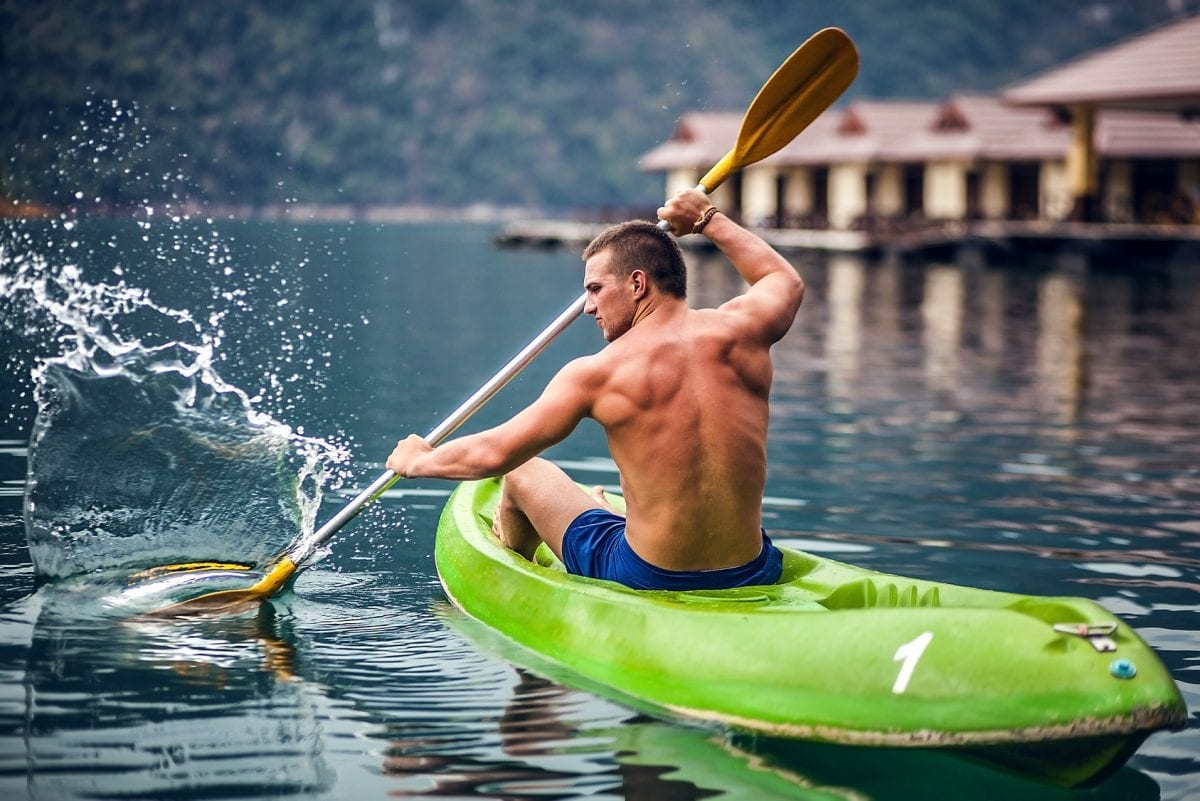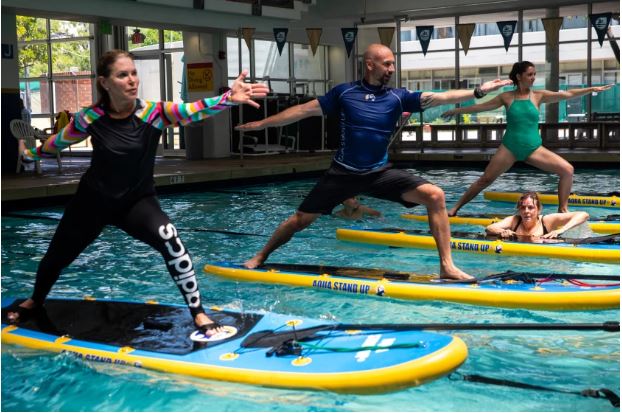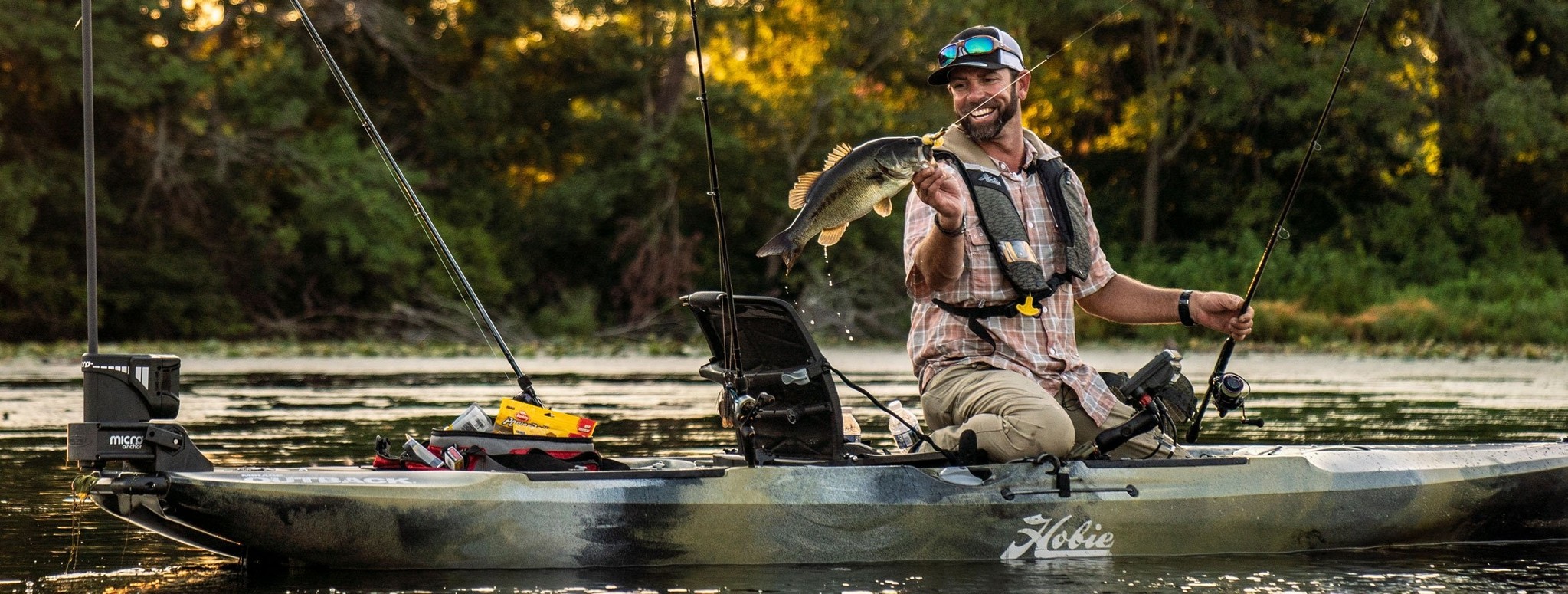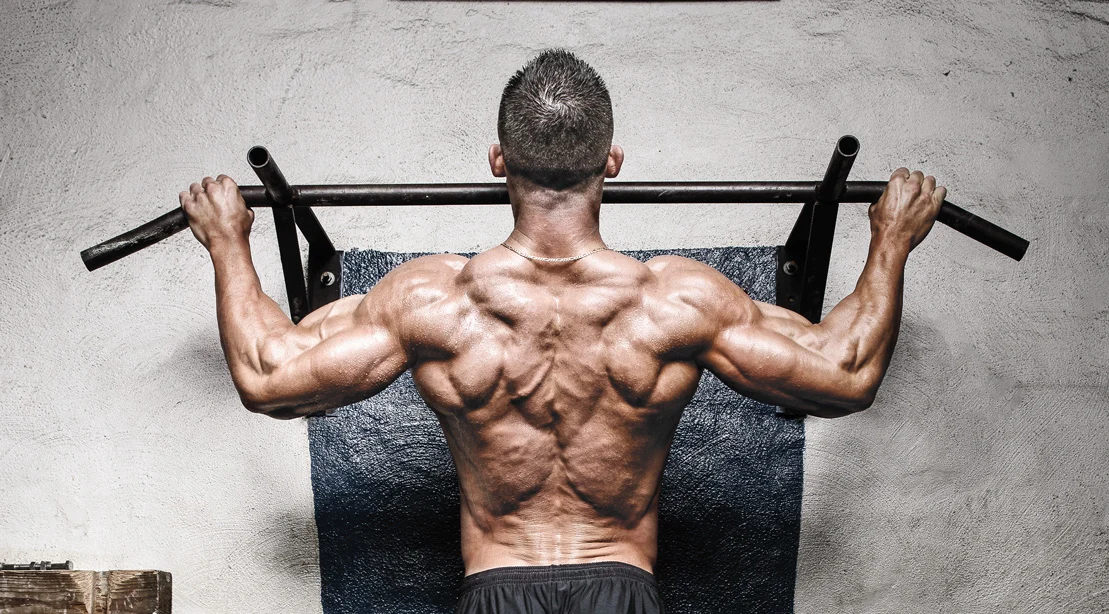
- Alabama
- Alaska
- Arizona
- Arkansas
- California
- Colorado
- Connecticut
- Delaware
- Florida
- Georgia
- Hawaii
- Idaho
- Illinois
- Indiana
- Iowa
- Kansas
- Kentucky
- Louisiana
- Maine
- Maryland
- Massachusetts
- Michigan
- Minnesota
- Mississippi
- Missouri
- Montana
- Nebraska
- Nevada
- New Hampshire
- New Jersey
- New Mexico
- New York
- North Carolina
- North Dakota
- Ohio
- Oklahoma
- Oregon
- Pennsylvania
- Rhode Island
- South Carolina
- South Dakota
- Tennessee
- Texas
- Utah
- Vermont
- Virginia
- Washington
- West Virginia
- Wisconsin
- Wyoming
What Muscles Does Kayaking Work? (Updated 2026)
What muscles does kayaking work?
Kayaking often feels like a serene and calming activity rather than a strenuous workout. However, when you experience muscle soreness the following day, you may start to question:
Which muscles are engaged during kayaking?
Indeed, kayaking is a fantastic exercise, and skilled paddlers make it seem almost effortless.
While it appears that your back and arms are doing the bulk of the work, paddling actually targets a wide array of muscles.
Prepare to be amazed!
When I initially researched the muscles involved in kayaking, I was astonished by the findings.
It's understandable why many view kayaking as a recreational pastime rather than a workout from an onlooker's perspective.
It can't be that challenging, right? After all, you're seated the entire time.
In reality, that's not the case.
Kayaking adventures can span from tranquil paddles on nearby lakes to intense sprints that leave you gasping for breath. Regardless of the effort and overall intensity, kayaking consistently engages a paddler's entire body.
In fact, kayaking works more muscles than most outdoor pursuits.
If you've ever pondered, "Which muscles does kayaking engage?", here's a list of the primary muscle groups activated while paddling!
In Strong Paddling Motions, Back Muscles Play A Key Role
The Vital Role of Back Muscles in Kayaking
It is widely acknowledged that the back muscles, along with the arms, play a significant role in kayaking.
Now, let's delve deeper into your back muscles.
During kayaking, three primary muscles in your back are engaged and serve as the powerhouse behind each stroke:
- Latissimus Dorsi Muscle
Also known as the lats, these are the largest muscles in your back. Lats play a crucial role in transferring energy from your lower body to your paddle. They are actively working when one arm rows while the other extends and contracts inward, towards your body.
- Rhomboid Muscles
In addition to maintaining proper kayaking posture, the rhomboid muscles draw the shoulder blades towards the spine's center. This muscle movement, called scapular retraction, occurs as each stroke concludes.
- Trapezius Muscles
The trapezius muscles, or traps, extend from the upper shoulder blades to the middle and lower back regions. These muscles control neck and shoulder blade movements. During kayaking, the upper trapezius is often overworked, so don't forget to engage your middle and lower trapezius as well.
Pro Tip:
For passionate paddlers, investing in a high-quality kayaking seat with a supportive backrest is always a wise decision. Ensuring the health and comfort of your back muscles after paddling sessions depends on proper posture, technique, and a well-designed seat.
Can Kayaking Work Shoulder Muscles?
The Synergy of Shoulder, Back, and Arm Muscles in Kayaking
Kayaking necessitates seamless coordination among your shoulder, back, and arm muscles.
Indeed, kayaking engages shoulder muscles, especially the deltoids, while the four rotator cuff muscles provide stability to your shoulders and arms.
However, it's important to note the differences in the load distribution:
Among the shoulder muscles involved in kayaking, the Posterior Deltoid bears the brunt of the workload, potentially leading to an overdeveloped rear head of the deltoid muscle. This imbalance puts kayakers at risk for shoulder injuries, such as minor or major rotator cuff tears.
Incorporating exercises that focus on the rotator cuff, like high cable rows/face pulls or power band rotations, can help balance the anterior and posterior deltoids. Be mindful of maintaining the "paddler's box" – a rectangle formed by your arms, chest, and paddle – while practicing.
Is Kayaking Good For Arms, Forearms, and Grip Muscles?
The Catch and Pull Action in Paddling: Biceps and Triceps at Work
During paddling, a catch and pull action is employed. Pulling in one arm targets the biceps on that side of the body, while counter-extending the other arm targets the triceps.
This process exemplifies how antagonistic muscle pairs operate.
As your biceps and triceps work, the power generated by your back, arms, and core muscles is ultimately transferred to the paddle through your forearms and grip.
Primarily, you paddle with your hands, with grip strength serving as the finishing touch. A secure grip on the paddle is essential for all other movements.
Regardless of your paddling intensity or power exertion, your forearm muscles remain engaged as you rotate, flex, and extend them.
Kayaking can present a true test of endurance, often resulting in arm or upper body fatigue during the initial sessions. However, it becomes easier over time.
Pro Tip:
Maintain a proper grip while paddling, but be sure to relax your grip when paddling at a leisurely pace. Otherwise, you risk wrist injuries.
You Work Your Chest Muscles While Kayaking
The Role of Chest Muscles in Paddling
As one arm extends the paddle forward, the other pulls the opposite end inward to create a counterbalance. Repeating this motion propels your kayak forward.
With each kayak stroke, your chest muscles experience significant strain.
Have you ever tried single-arm dumbbell bench presses?
During paddling, the same muscles are engaged simultaneously but in opposite directions:
Your pectorals, which make up approximately half of your torso, connect the front of your chest to your shoulders and upper arms.
In addition to your back muscles working in harmony with your arms and shoulders, your chest muscles also play an integral role in paddling.
What are the benefits of kayaking for the abs and core?
The Core's Key Role in Paddling Power
Beginners often assume that the arms are the primary source of a paddler's power. However, during paddling, your core muscles generate rotational force through torso rotation, propelling the kayak forward.
How is kayaking connected to your core?
There's much more involved than you might initially think.
Even the most fundamental forward kayak stroke demands the engagement of core muscles, predominantly the abdominals and obliques:
The kayaker's core is crucial for maintaining balance, ensuring proper posture, and stabilizing both the individual and their kayak.
While the upper body appears to do most of the work in kayaking, your abs are utilized throughout the entire paddling motion in various ways.
Next time you hit the gym, take a break from your cardio and shoulder strength workouts, and concentrate on a few core strength exercises instead. You might be surprised by how much it enhances your power on the water.
What About Legs & Glutes in the Lower Body Dilemma?
Lower Body Engagement in Kayaking: More Than Meets the Eye
While paddling does work out your lower body, it doesn't quite compare to leg-focused activities like cycling or running.
Beginners are often baffled:
Why do my legs ache after paddling? Isn't this supposed to be an upper body workout?
The truth is, your legs play a crucial role in stabilizing your entire body.
Having your legs firmly tucked into foot braces is essential for an effective kayak stroke. As you improve your ability to turn, roll, and brace with your legs, your paddling techniques will advance.
What makes glutes the most underrated muscle group in kayaking?
Although often overlooked, the gluteal muscles connect your core to the boat:
Your legs initiate the stroke, and your core strength and torso rotation complete it. However, your glutes – along with your hips – bridge the two. Leg muscles are vital for 'power transfer' and kick-starting the torque power chain.
Furthermore, when executing a safety roll maneuver, the crucial 'hip snap' is essential for returning the boat to an upright position.
Hearts Are Also Muscles, Don't Forget
A Comprehensive Workout: Kayaking and Cardiovascular Health
We've already discussed how kayaking exercises various muscle groups, including back muscles, abs, chest muscles, shoulders, forearms, biceps, triceps, legs, and glutes – an impressive lineup.
But let's not forget your heart – the most vital muscle in your body.
Kayaking offers significant cardiovascular benefits, whether you're leisurely paddling or navigating through whitewater rapids.
As one of the few cardio-centric upper body exercises, kayaking involves constant motion, such as paddling. It burns between 400 and 500 calories per hour.
The low-impact nature of kayaking allows you to meet your daily recommended exercise goals, even if you have a lower-body injury or prefer not to engage in excessive leg work.
Putting It All Together: Which Muscles Does Kayaking Work?
The Comprehensive Nature of Kayaking: Engaging Every Muscle
One might be inclined to ask which muscles kayaking doesn't work, rather than which muscles it does. To be frank, kayaking engages virtually every muscle in your body.
Despite the seemingly simple motions, kayaking is highly demanding on the body when executed with proper technique. During paddling sessions, you'll feel previously undiscovered muscles in your back, shoulders, chest, arms, core, and even legs and glutes. Plus, it's excellent for your heart!
Did you know that an hour of kayaking can burn as many calories as an hour of weight training (500 calories)? This makes kayaking a fantastic alternative to the gym.
While grabbing a paddle and heading out on the water might initially seem like a leisurely endeavor, you'll soon discover that kayaking is genuinely intense once you experience it firsthand.
So, don't let factors like bad knees, limited mobility, or a lack of fitness deter you from taking up kayaking. It's an incredibly inclusive sport that can be enjoyed by people of all abilities. Kayaking also serves as a great way to explore the outdoors, make new friends, and spend quality time with family (especially if you have children).











